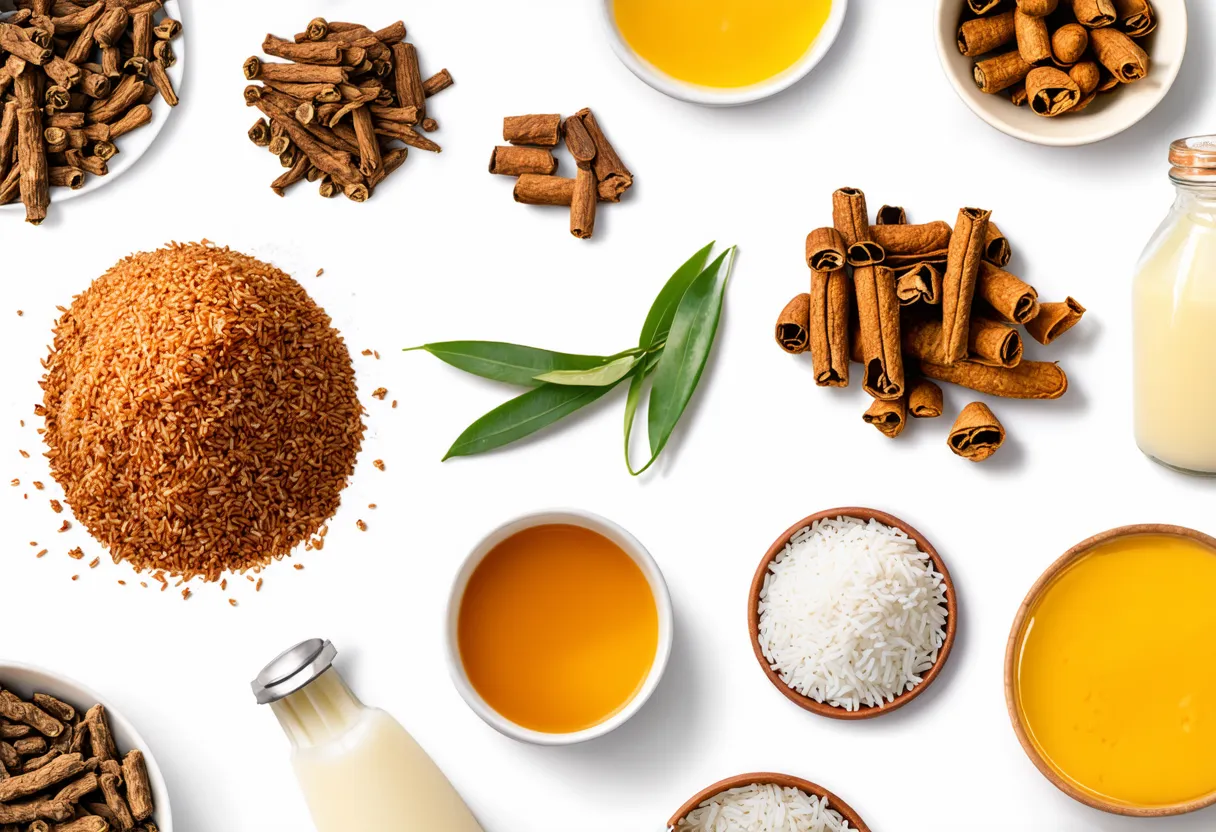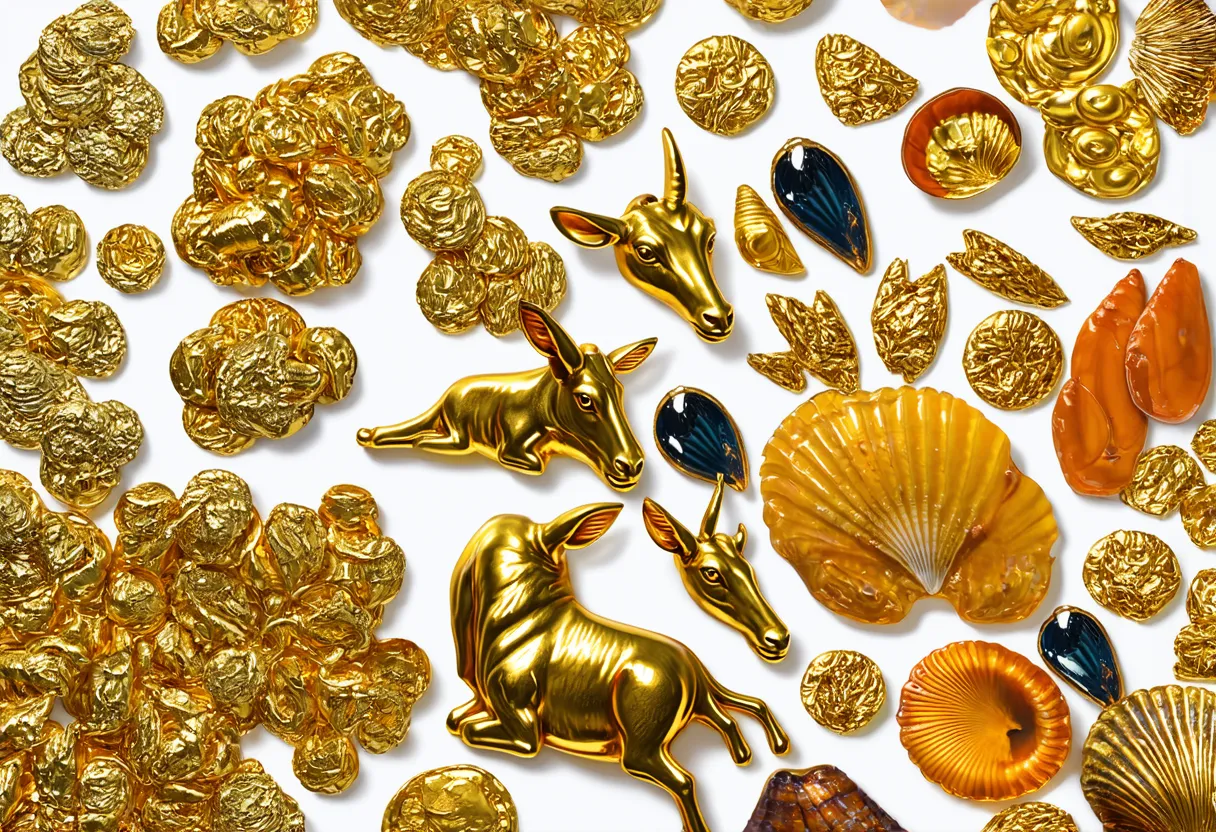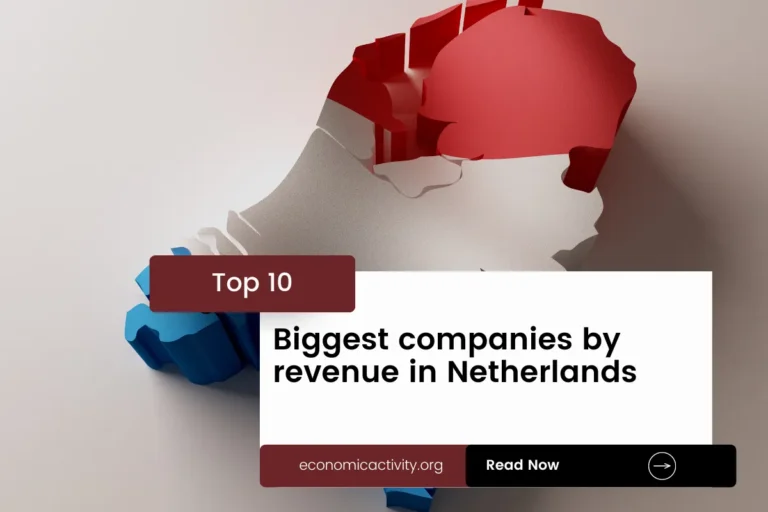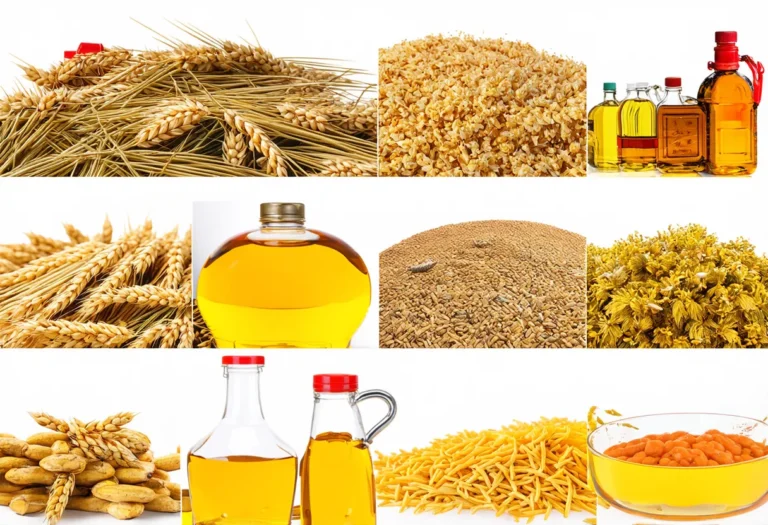Somalia, with a population of 17,597,511, is ranked 67th in the world, just behind the Netherlands. Located in the Horn of Africa, it covers 637,660 square kilometers, ranking 41st globally, slightly smaller than South Sudan.
Somalia’s economic position in 2022 shows a GDP of $10,419,541,202.03, ranking 143rd globally, trailing behind Tajikistan with a GDP of $10,492,123,387.79. The GDP per capita in Somalia is $592.10, placing it at 179th position, lagging behind Malawi with a GDP per capita of $645.16.
Despite facing challenges, Somalia is striving to improve its economic indicators and enhance the standard of living for its citizens.
What are the economic activities of Somalia?
- Primary activities: 60.2% of GDP.
- Secondary activities: 7.4% of GDP.
- Tertiary activities: 32.5% of GDP.

Primary Sector of Somalia
The primary sector in Somalia, predominantly agricultural, thrives due to its favorable climate and abundant natural resources. Approximately 70.34% of the country’s land is dedicated to agriculture. The main agricultural products include camel milk, milk, goat milk, sheep milk, sugarcane, fruits, sorghum, cassava, vegetables, and maize.
Despite agriculture contributing 60.2% to the GDP, it plays a crucial role in the economy by providing a variety of crops and animal products essential for sustenance and trade. The diverse range of agricultural products highlights the sector’s importance in ensuring food security and livelihoods for many in Somalia.
The country boasts a diverse geological landscape, leading to abundant natural resources. These include uranium, iron ore, tin, gypsum, bauxite, copper, salt, natural gas, and potentially oil. The primary sector drives the economy through the exploitation of these resources, offering significant potential for growth and development.
Secondary Sector of Somalia
What is the secondary sector or what are secondary activities?
The secondary sector involves industries that create finished products ready for consumption. They take raw materials from primary activities and manufacture new goods for domestic sale or export. In Somalia, the main industrial products include light industries such as sugar refining, textiles, and wireless communication.
In 2023, Somalia’s manufactures exports accounted for a minimal percentage of the country’s total exports, indicating their lack of significance in driving the economy and trade growth.
Tertiary sector of Somalia
What is the tertiary sector or what are tertiary activities?
The tertiary sector in Somalia encompasses services that offer knowledge and time to enhance productivity and meet needs. Key activities include healthcare, education, banking, communication, tourism, transportation, and security. These services provide intangible goods like advice, expertise, and support, benefiting both consumers and businesses.
In particular, Somalia’s economy heavily relies on tourism, but the industry faces challenges. With 0 tourist arrivals per capita annually, promoting safety and showcasing attractions like Mogadishu’s beaches and historic sites is crucial. Reviving tourism can drive economic growth and create job opportunities.
Another example of tertiary economic activity is the mobile cellular sector, which boasts approximately 8.8 million subscriptions. This connectivity fosters technological growth, enhancing communication and supporting various digital initiatives.
Military Activities and Economic Sectors of Somalia
The military is a good example of different economic activities working together. In Somalia, the primary sector helps by providing resources needed for military use. The secondary sector focuses on making military equipment. The tertiary sector includes services like training and support. The quaternary sector involves research and development for better military technology, while the quinary sector deals with high-level decisions and strategies for national defense.
In 2023, Somalia’s military expenditure was 143.5 million US dollars, which is about 0.0137% of its GDP. The country has an active military force of 19,800 personnel. This means there are about 1.8 active military members for every 1,000 people in Somalia.
International Trade of Somalia
Import Activities of Somalia

Somalia’s high import activities, accounting for 78.53% of GDP, are crucial for meeting domestic needs and driving economic growth.
Somalia’s main import partners are UAE, China, India, Turkey, and Ethiopia. Key import commodities include tobacco, raw sugar, palm oil, rice, and milk, reflecting the country’s diverse import activities.
Exports Activities of Somalia

Somalia’s total exports in 2023 amounted to $1,804,044,000.41. With exports contributing to 17.31% of GDP, it holds medium importance in driving the country’s economic growth and stability.
Somalia’s export activities are primarily focused on gold, livestock, and natural resources. The country’s main export partners are the UAE and Oman, with significant contributions from Bulgaria, India, and Kuwait. Key export commodities include gold, sheep and goats, cattle, gum resins, and shellfish.
Somalia economy challenges in 2024
Somalia faces challenges in 2024 with its low-income economy, ongoing instability, and environmental fragility. Despite progress in debt relief and urbanization, the country relies heavily on remittances for survival, hindering economic growth. The new fiscal federalism approach aims to address these issues, but sustainable development remains a pressing concern.



Leave a Reply